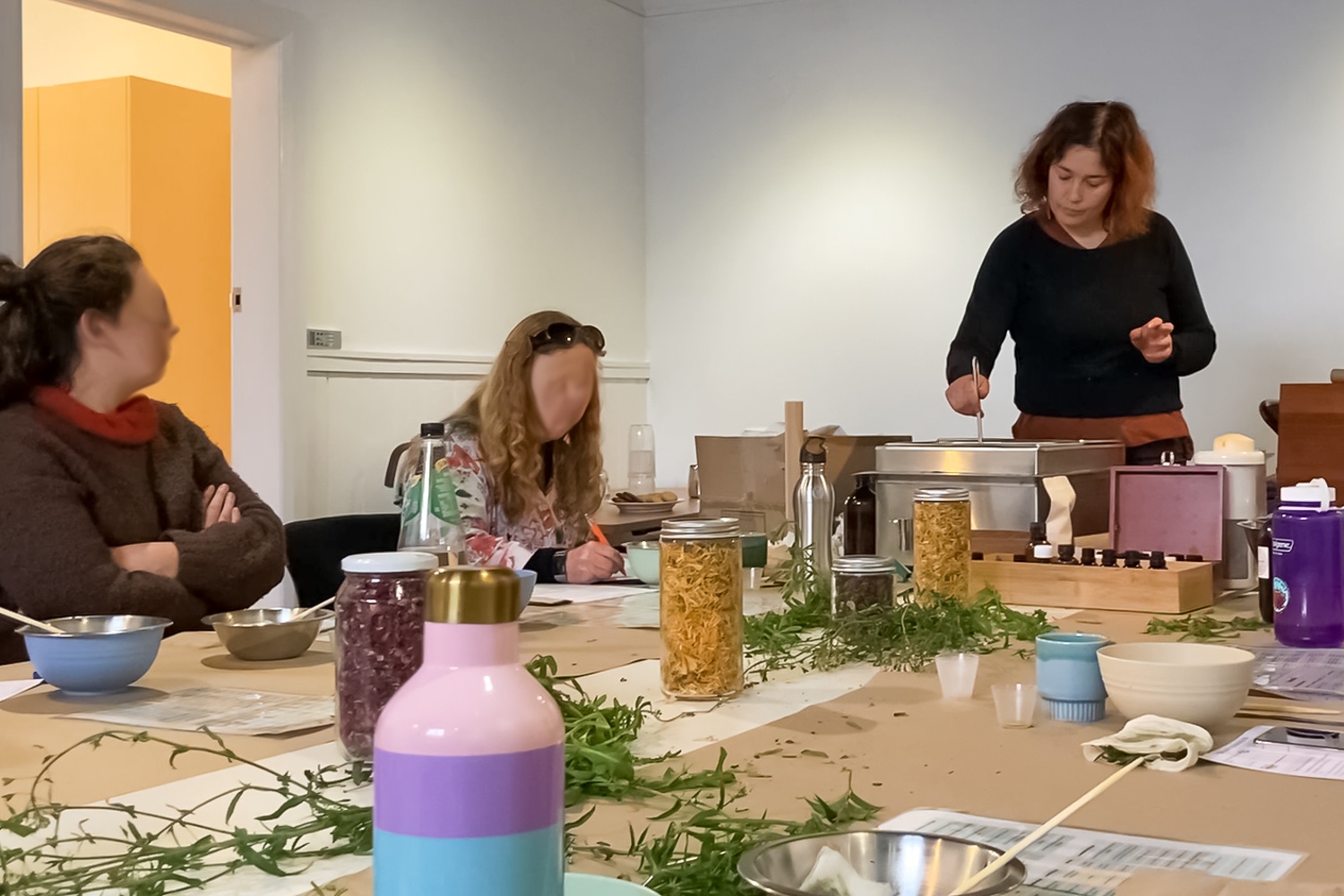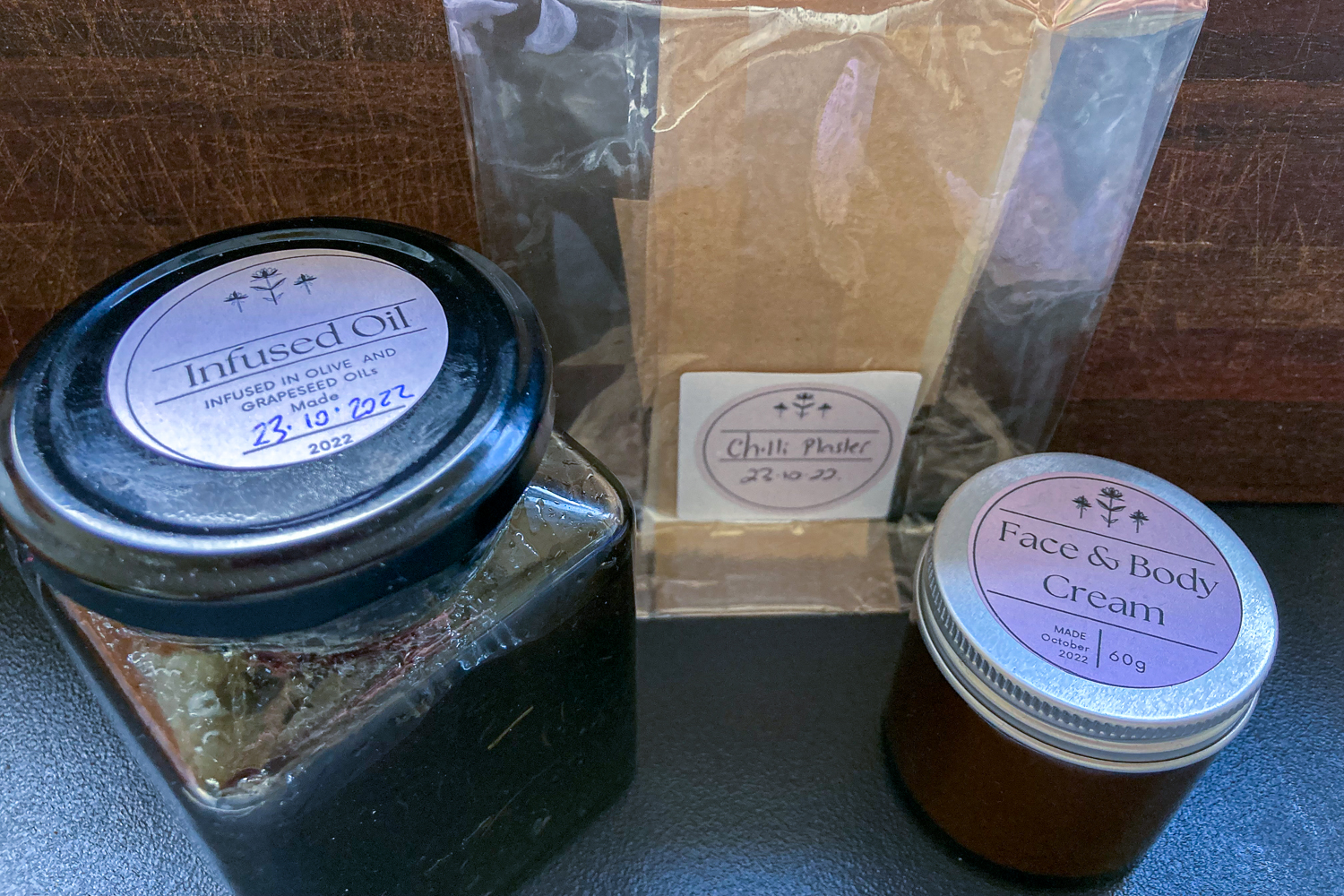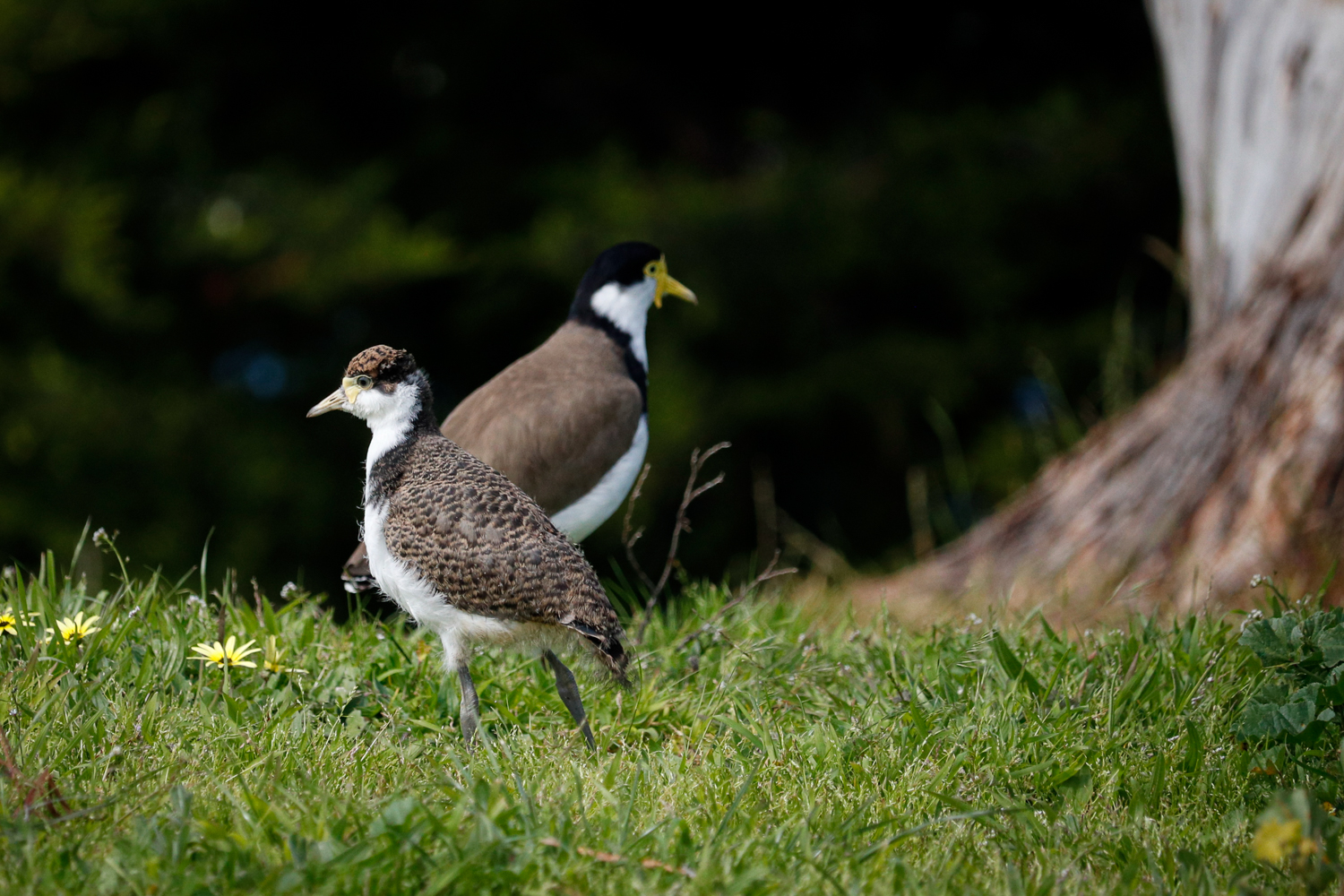Week 42/2022: Smashing up some herbs
Week of 17 October 2022
Smashing up some herbs
On Sunday, Lil Sis and I went to a workshop called “Essential Natural Products”, a three-hour workshop to introduce us to external preparations that we can make at home using plants that can grow in our gardens. One of these is, believe it or not, the bane of my life (well the other one besides oxalis), stickyweed.
If you crush the vile thing up (which we were invited to do), it loses its stickiness and you can blend in some olive oil and water, wrap it in some muslin and use it as a poultice on an area that’s swollen or inflamed. It’s also good for improving circulation and can be used to stimulate the immune function.
Mind blown.
Our teacher, Sarah (aka The Integrative Herbalist), is a naturopath who works as a herbal medicine manufacturer and she talked us through the basics of making poultices and plasters, herbal oils, and ointments and balms, as well as some of the ways applying treatments to your skin can work. She said one of the benefits of treating a condition externally through the skin is that you can get a more targeted action as the good stuff doesn’t have to go through the liver as it would if you were taking a preparation internally.
The key, Sarah explained, is knowing what you need and thinking about which plants have the properties to give you that. It’s fascinating because so many different plants have similar properties and could be used for the same condition. And you may also need two or three particular effects from the one remedy. For example, for muscle pain, you may need something to work on inflammation as well as something to warm the injured area. With stings or bites, you want to cool the area as well as reducing inflammation.
The other thing to get right is the dose. If your preparation isn’t strong enough, it won’t be effective. Sarah said sometimes the herbal creams you can buy aren’t concentrated enough and people use them, get no improvement and think that herb doesn’t work for them when it’s more that the dosage wasn’t strong enough.

What we made
I’d heard of poultices before but not herbal plasters. This is what it sounds like, and you make it using a base of beeswax, lanolin, castor oil and soft paraffin that you can add herbs, tinctures or essential oils to. You then spread the base onto cotton strips to make the plasters, which you cut to size and warm before you use.
Our second product was an infused herbal oil, which, Sarah said, can give the benefits of an essential oil without having to go to the trouble of distilling the oils from a plant or shelling out the cost of buying them. This process works best with dried herbs because fresh herbs contain too much water and the oil can go mouldy or develop botulism.
We could choose to use calendula, rose petal, lavender, rose hips, or mugwort. Mugwort is from my absolute favourite family of herbs, the Artemisias, so I was obviously going to choose that. It has a range or medicinal properties related to digestion and menstruation, it’s antibacterial and antifungal and can help with rashes and other skin problems, and can also be used as a moth repellent. Apparently, people used to use it to flavour beer before they started using hops.
Our final product was a herbal ointment, using a beeswax and olive oil base. Sarah explained that the difference between an ointment and a cream is that a cream contains water. She said the more beeswax in the base compared to the oil, the harder the ointment will be.
My goal was to make an ointment to calm and soothe the contact dermatitis or eczema or whatever it is that keeps cropping up in aggravated red spots on my fingers. Sarah suggested using St Johns Wort oil and chamomile essential oil, along with a few drops of lavender and frankincense both of which also have calming properties.
There was a lot of information to take in and I took many pages of notes. Sarah said it’s good to experiment with different ratios of ingredients to see how you respond to them, but that it’s really important to keep records of what you’re done so that you can repeat the things that work.

I thought the workshop came at a great time because I’ve just finished reading Kate Forsyth’s novel The Wild Girl. The father of the main character Dortchen is a pharmacist (or an apothecary, maybe more accurately) and there are several references to herbal medicines and remedies for various ailments throughout the story.
So that was a nice connection for me and it was an interesting way to spend my Sunday. We’re going back in a couple of weeks to learn about herbal infusions and elixirs.
22 for 2022 update
I said I was going to talk to the the nutritionist (thing 2) and have a look at The Food Saver’s A to Z (thing 3). And keep writing.
Two out of three is okay. I spoke to the nutritionist and she told me about the different programs she offers, and now I need to decide how I want to proceed.
And I did some writing.
22 for 2022 summary
- Things completed to date: 9 (8, 10, 11, 13, 17, 18, 19, 20, 22)
- Things completed this week: –
- Things I worked on this week: 2: (2, 21)
- Things in progress: 7 (1, 2, 3, 5, 6, 12, 21)
- Things not started: 2 (14, 16)
- Things I’m not going to do: 4 (4, 7, 9, 15)
What do I want to do next week?
Next week is a full week back at work. I could get used to these short weeks but without a drastic pay cut I don’t think it’s going to happen.
I want to do some more work on Tranquility by Tuesday and write a post about the next chapter of that book. I’ll also look at the information from the nutritionist and work out what I want to do.

Weekly summary
What was the best thing about this week?
The herbal essentials class was up there.
What did I learn this week?
I learned lots of things from the class. Fun fact: Sarah said the scrotum skin is the most absorbent part of the human body.
What I’m reading this week
- The Little Red Writing Book by Mark Tredinnick
- Tranquility by Tuesday by Laura Vanderkam
- The Wild Girl by Kate Forsyth
- To Kill a Mockingbird by Harper Lee
Habit tracker
- Morning ritual (Goal = 7): 7
- Move before 3 pm (Goal = 7): 6
- Morning writing (Goal = 7): 7
- The Little Red Writing Book exercises (Goal = 5): 0
- Listened to writing podcasts (Goal = 2): 3
- Controlled breathing (Goal = 7): 7
- All four physiotherapy exercises (Goal = 7): 7
- Mental health break outside during my work days in the office (1 day): 1
- Finish work by 5.30 (Goal = 2): 2
- Daily gratitude (Goal = 7): 7
- Shut my computer down before 9.15 (Goal = 6): 7